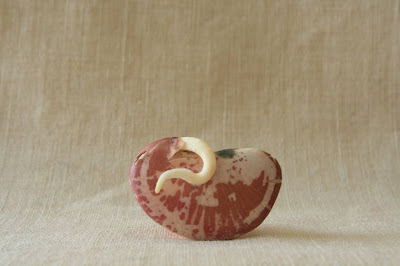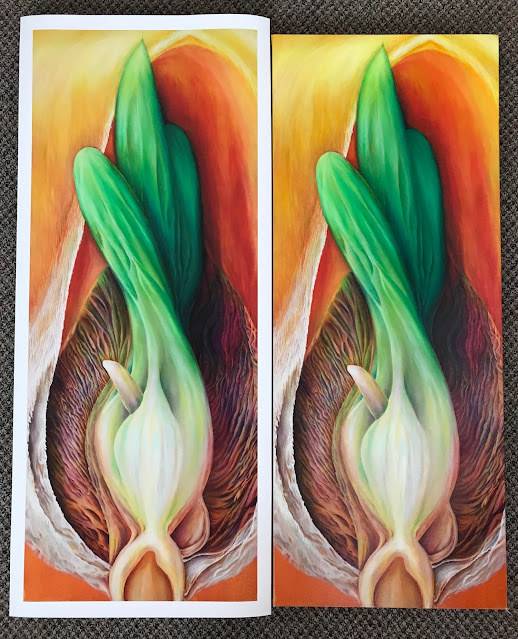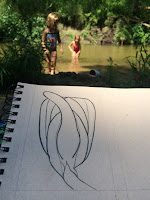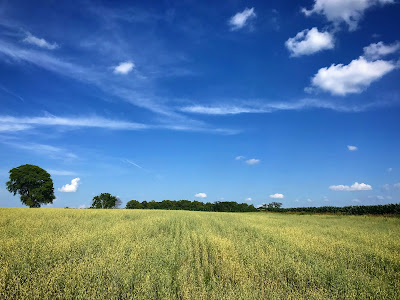Sprouting Bloody Butcher Corn
According to the information provided on the seed packet Bloody Butcher corn was known to settlers in the Virginia area since 1845. The plants can grow up to 12' tall and have at least two 8-12" long ears per stalk. It is typically used for flour, cornmeal or corn-on-the-cob when it's young and it has good drought tolerance.
I've never actually planted it in my garden since I only have a small city garden and it is a very large plant. One day if I get my country wish, I will be excited to not only sprout the seeds for art-making, but I will plant and grow them as well.
The seed packet didn't provide any information about why this variety is called "Bloody Butcher," so I turned to the internet and I found this awesome site for a distiller called Jeptha Creed:
Here they explain why they use Bloody Butcher corn and where the name came from:
https://jepthacreed.com/news/why-we-use-bloody-butcher-corn/
"Why is it called “Bloody Butcher”? It’s not as dismal as it sounds. During the corn’s milk stage, when we would pick cobs to eat with dinner, Bloody Butcher is white corn. Then, a tiny red dot appears on every kernel of the corn. About 15 days later, the cob is shot through with burnt oranges and reds in a splotchy pattern, said to resemble a butcher’s bloody apron. By the time corn reaches maturity, it has a deep purplish cast. It’s a grisly name for a truly lovely (and lovely tasting) corn!"
Visit the above link to read more about how they work with it on their farm. It's so cool.































